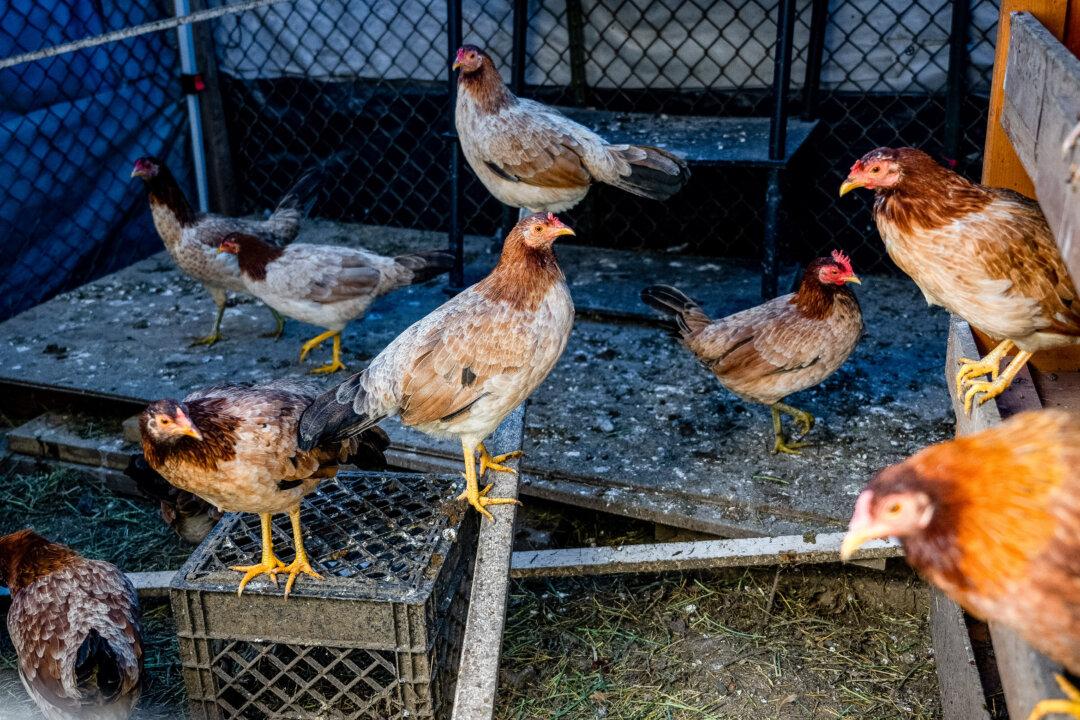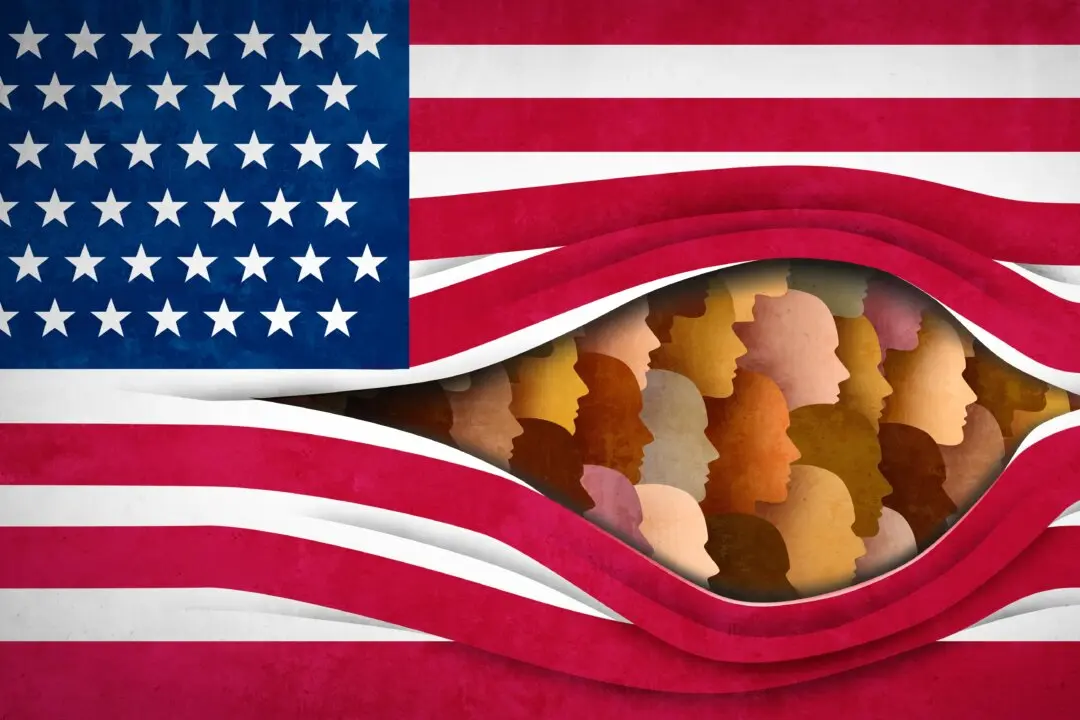The avian influenza that infected a person in Texas has a change from the influenza from animals, according to the U.S. Centers for Disease Control and Prevention (CDC).
Genomic sequencing from the patient showed “one change (PB2 E627K) that is known to be associated with viral adaptation to mammalian hosts,” the CDC stated in a summary of the testing results.





